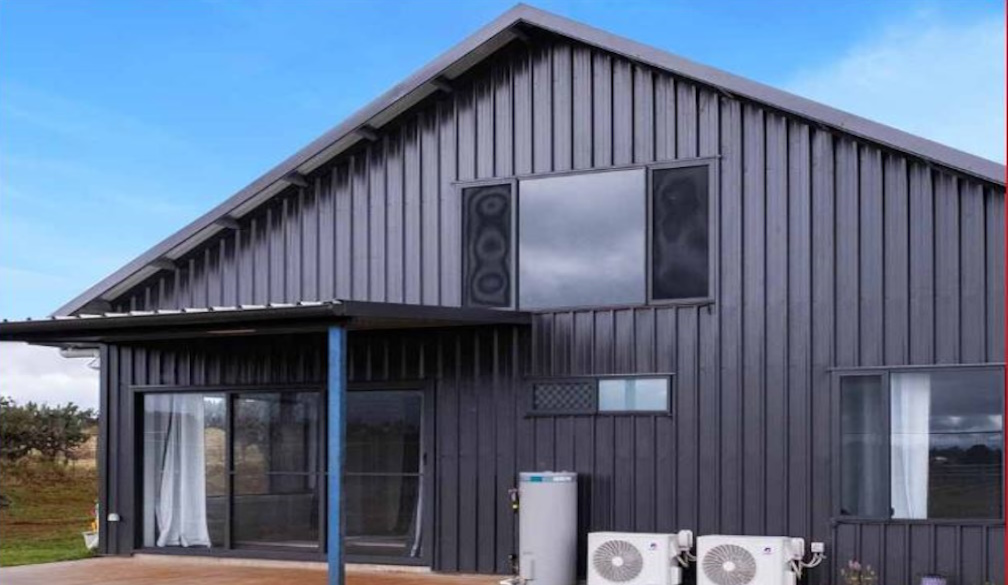How Does Climate Impact Shed Durability and Design Choices?

Climate plays a crucial role in determining the durability and design choices for sheds. The weather conditions in a specific area can significantly impact the longevity and performance of these structures. Understanding how climate affects shed materials and construction is essential for creating resilient and long-lasting outdoor storage solutions.
Factors such as temperature fluctuations, humidity levels, precipitation, and UV exposure can all contribute to the wear and tear of sheds over time. For instance, in areas with high humidity, wooden sheds may be more susceptible to rot and mold growth. In regions with extreme temperature variations, materials may expand and contract, leading to structural issues if not properly addressed in the design phase.
When selecting best sheds Toowoomba residents and builders must consider local climate patterns to ensure optimal durability. This involves choosing appropriate materials, implementing proper ventilation systems, and incorporating design features that can withstand the specific environmental challenges of the area.
Key Takeaways
- Climate conditions directly influence shed durability and lifespan.
- Material selection and design features should be tailored to local weather patterns.
- Regular maintenance is crucial for preserving shed integrity in challenging climates.
Effects of Climate on Building Durability
Climate significantly influences the longevity and performance of buildings. Temperature fluctuations, precipitation patterns, wind forces, and extreme weather events all play crucial roles in determining a structure's resilience over time.
Temperature and Precipitation Impacts
Temperature variations can cause materials to expand and contract, leading to cracks and structural weaknesses. Freeze-thaw cycles are particularly damaging, as water expands when frozen, exerting pressure on building materials.
Excessive moisture from rainfall or humidity accelerates corrosion in metal components and promotes mold growth. This can compromise structural integrity and indoor air quality.
Climate change is intensifying these impacts. Rising temperatures increase the frequency of heat waves, potentially causing thermal stress on buildings. Altered precipitation patterns may lead to more frequent flooding events, exposing structures to water damage.
Wind and Extreme Events
Strong winds exert pressure on building exteriors, potentially causing structural damage or roof failures. Climate change is expected to increase the intensity of storms in many regions, amplifying this risk.
Extreme events like hurricanes and tornadoes pose severe threats to building durability. These events combine powerful winds with heavy precipitation, testing a structure's resilience to multiple hazards simultaneously.
Earthquakes, while not directly climate-related, interact with climate impacts. Buildings weakened by climate-induced deterioration may be more vulnerable to seismic events.
To enhance resilience, designers must consider regional climate projections and incorporate appropriate mitigation strategies. This may include selecting more durable materials, improving drainage systems, and reinforcing structural elements to withstand increased climate loads.
Design Strategies for Climate Adaptation
Climate-adaptive shed design focuses on material choices and structural elements that enhance durability and efficiency. These strategies aim to create resilient structures capable of withstanding varying weather conditions while minimizing environmental impact.
Material Selection and Sustainability
Selecting appropriate materials is crucial for climate-adaptive shed design. Sustainable options like recycled steel, reclaimed wood, and composite materials offer durability and reduced environmental impact. Reflective roofing materials help mitigate heat gain in warmer climates. Moisture-resistant materials like treated lumber or fiber cement siding protect against humidity and precipitation.
For flooring, consider materials that resist water damage, such as concrete or composite decking. Insulation plays a key role in temperature regulation. Natural options like sheep's wool or recycled denim provide effective insulation while reducing greenhouse gas emissions associated with production.
Structural Design and Energy Efficiency
Climate-adaptive structural design accounts for local weather patterns and potential extreme events. Reinforced foundations and sturdy framing help sheds withstand high winds and heavy snow loads. Proper roof pitch ensures effective water drainage and reduces the risk of leaks.
Energy efficiency is paramount in climate-adaptive design. Incorporate natural ventilation through strategically placed windows and vents to reduce reliance on mechanical cooling. Solar panels can be integrated into roof design to harness renewable energy for lighting or small appliances.
Thermal mass elements, such as concrete floors or stone walls, help regulate interior temperatures. Consider passive solar design principles, orienting the shed to maximize winter sun exposure while minimizing summer heat gain. This approach reduces energy consumption and enhances comfort year-round.
Conclusion
Climate exerts a significant influence on shed durability and design choices. Temperature fluctuations, precipitation levels, wind patterns, and UV exposure all play crucial roles in determining appropriate materials and construction techniques. Proper consideration of local climate conditions helps ensure sheds can withstand environmental stresses over time. By selecting climate-appropriate designs and materials, shed owners can maximize the longevity and functionality of their structures.







